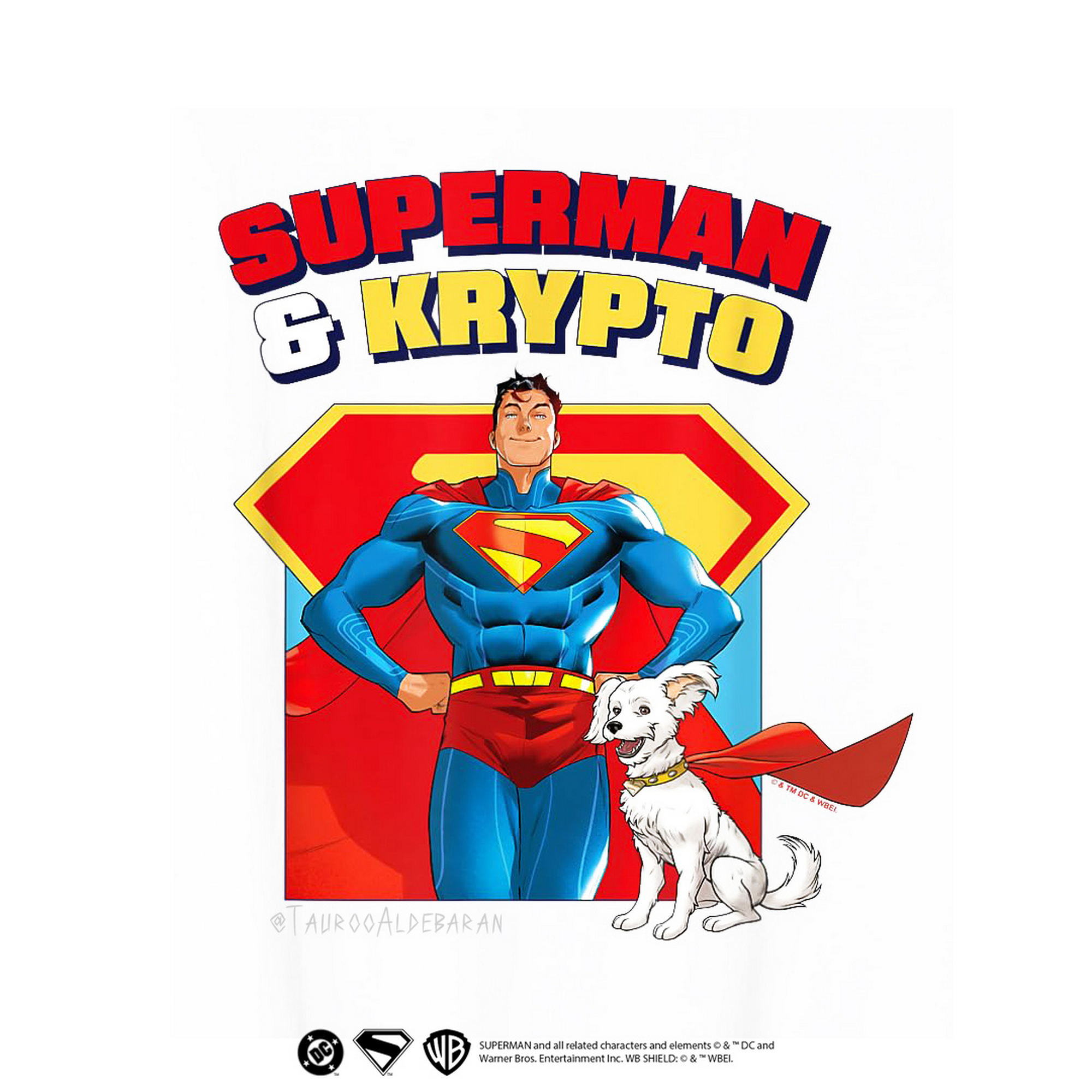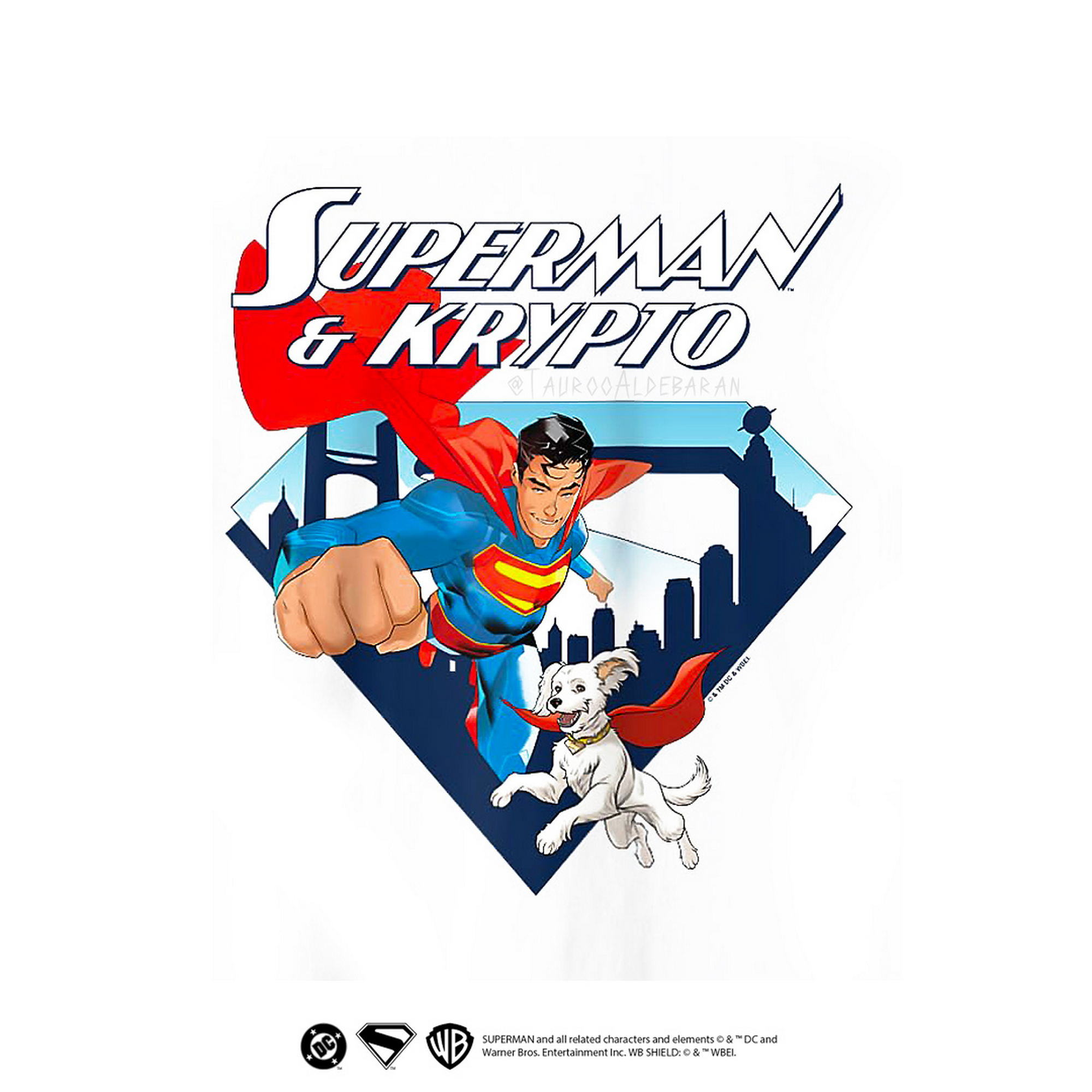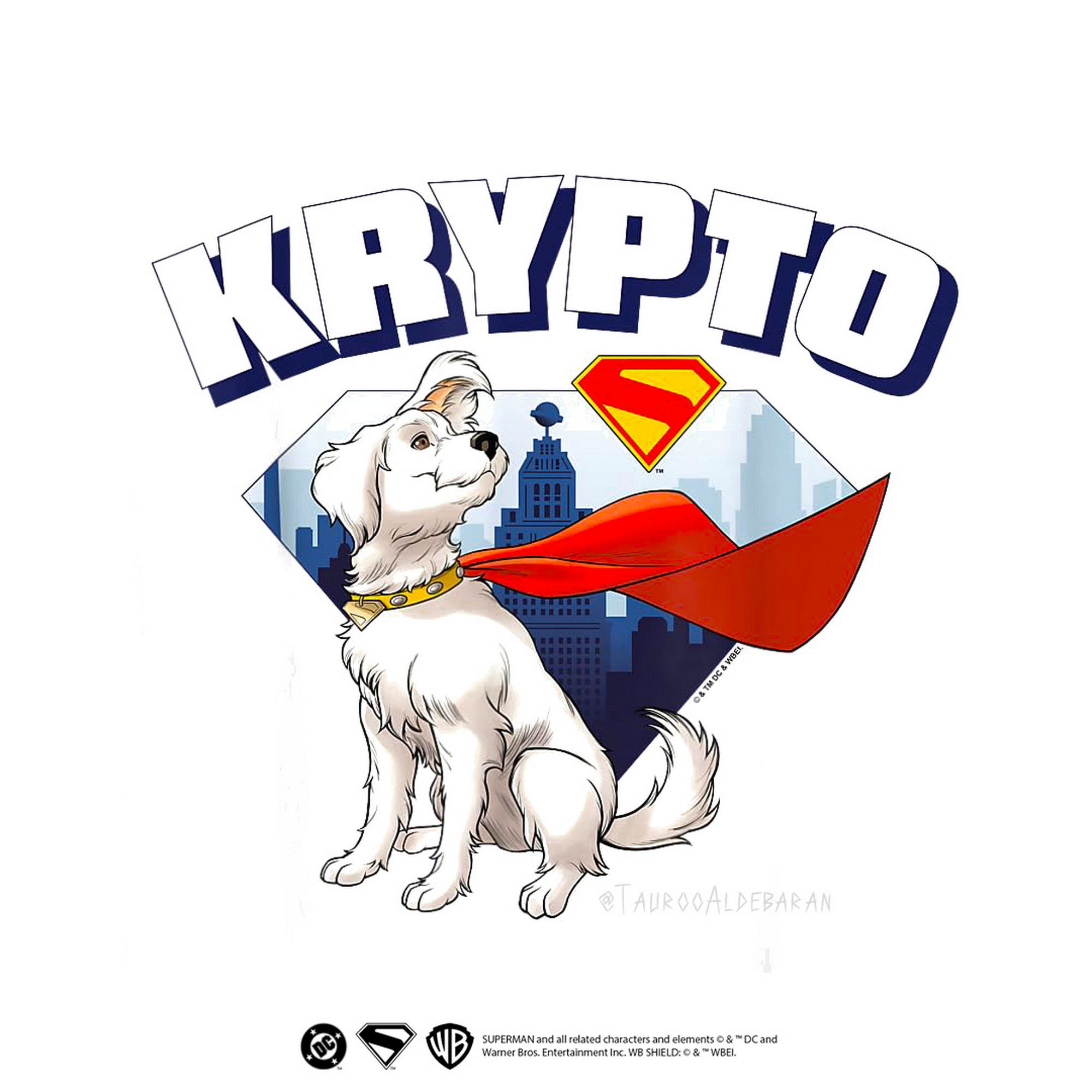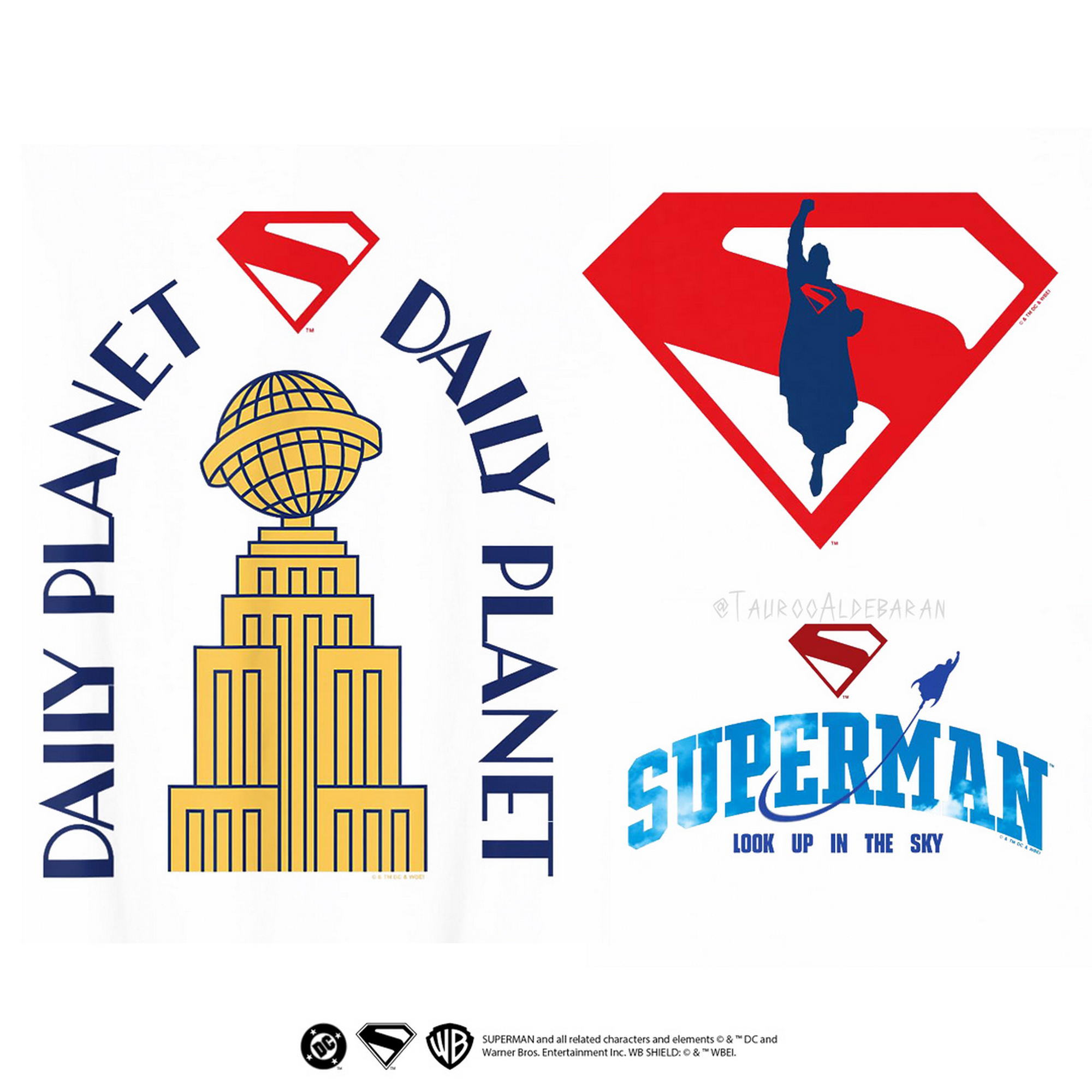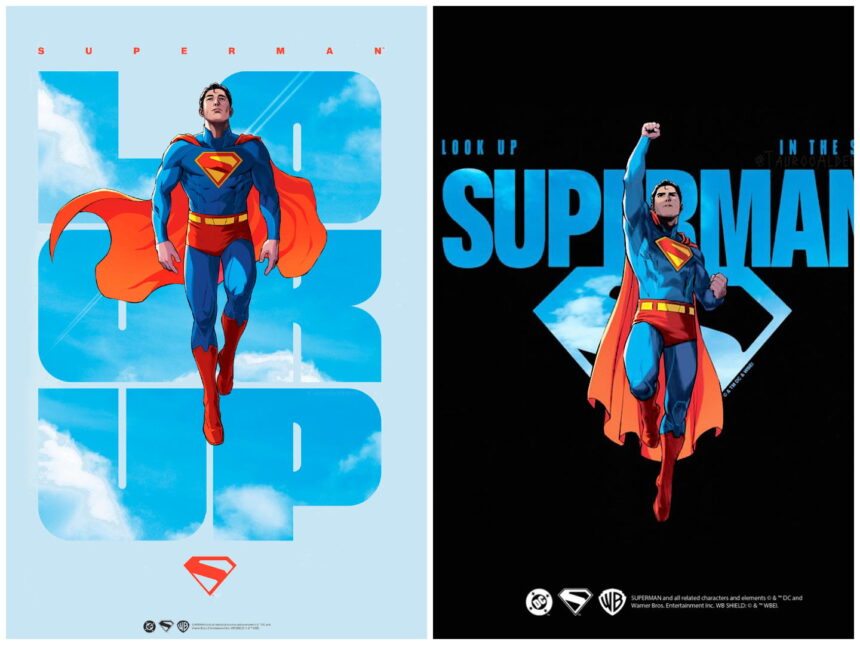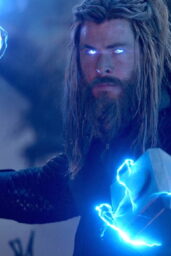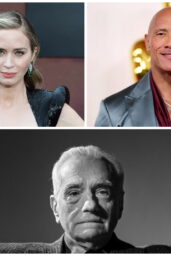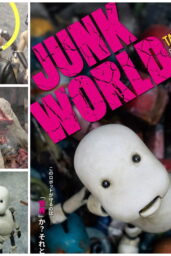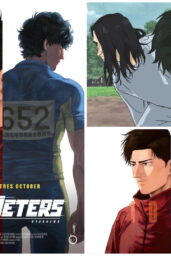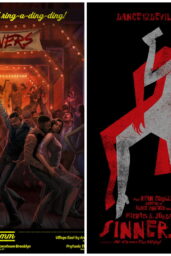A Glimpse into Metropolis
When James Gunn unveiled the latest promo art for his upcoming Superman film, set to soar into theaters on July 11, 2025, fans weren't just treated to another image of the Man of Steel in flight. They were given a glimpse into the richly detailed world of Metropolis, complete with in-universe logos for the Daily Planet and the Metropolis Meteors. This isn't just marketing fluff—it's a strategic move that could change how we think about superhero movies. Like a city planner sketching out a vibrant metropolis, Gunn is building a world where every detail matters, and the promo art is the blueprint.
Beyond the Hero: The Power of Place
Traditionally, superhero films have zoomed in on the heroes themselves—think capes, powers, and personal dramas. The city around them? Often just a backdrop for explosions. But Gunn's approach with Superman seems to be different. By prominently featuring elements like the Daily Planet building, with its iconic globe, and the Metropolis Meteors logo in the promo art, he's signaling that this film will be as much about the world Superman inhabits as it is about Superman himself. It's a bold move, blending nostalgia with innovation, and it's already sparking conversations about what this means for the future of superhero cinema.
The Daily Planet, for instance, is more than Clark Kent's day job. It's a symbol of truth and journalism in the DC Universe, a beacon in Metropolis's skyline. The Metropolis Meteors, a fictional baseball team, represent the everyday pulse of the city—proof that even in a world of superheroes, people still cheer for home runs. By weaving these elements into the promo art, Gunn is telling us that Metropolis is a living, breathing city, not just a stage for superhero antics. It's like giving the audience a ticket to a place they can almost visit.
The Art Itself: Nostalgia Meets Modernity
The promo art itself is a masterclass in balancing old and new. One image shows David Corenswet's Superman soaring upward, framed by the bold text “SUPERMAN” and the phrases “LOOK UP” and “IN THE SKY.” These words echo the classic introduction from Superman's radio and TV days: “Look, up in the sky! It's a bird! It's a plane! It's Superman!” The nod to history is unmistakable, tugging at the heartstrings of longtime fans. Another piece features Superman flying through the word “UP,” set against a sky-blue background with clouds, reinforcing the theme of hope and ascent. The comic book-inspired style, credited to artist Tauroo Aldebaran, adds a vibrant, modern flair that feels fresh yet familiar.
Additional art, as reported by sources like Daily Planet DC, showcases the Daily Planet building itself, complete with its iconic globe—a feature absent from some previous cinematic versions but restored here with pride. The Metropolis Meteors logo, spotted in merchandise like shirts for a Cleveland Guardians promo night (Cleveland.com), adds another layer, hinting at the city's sports culture. There's even a comic book-inspired take on Krypto the Superdog, suggesting Gunn is diving deep into Superman's mythos to populate this world with familiar faces.

Why World-Building Matters
This approach to world-building isn't new in storytelling—think of the sprawling galaxies of Star Wars or the interconnected cities of the Marvel Cinematic Universe. But in superhero cinema, where the spotlight often stays on the hero's personal arc, it's less common. Gunn, however, seems to be taking a page from these franchises, where the universe itself is as much a character as the heroes within it. In Superman, Metropolis isn't just a setting—it's a character in its own right, with its own culture, landmarks, and even sports teams.
Why does this matter? For one, it deepens the audience's connection to the story. When fans see the Daily Planet or a Metropolis Meteors shirt, they're not just looking at set dressing—they're engaging with a world that feels real and lived-in. It's a subtle way to make the audience care about more than just Superman's battles; it's about making them care about the people and places he's fighting to protect. This is especially crucial in a film where Superman is described as “the embodiment of truth, justice, and the American way” and “kindness in a world that thinks of kindness as old-fashioned,” as producer Peter Safran noted (Wikipedia). A richly detailed Metropolis gives that kindness a tangible context, grounding Superman's ideals in a world that feels worth saving.
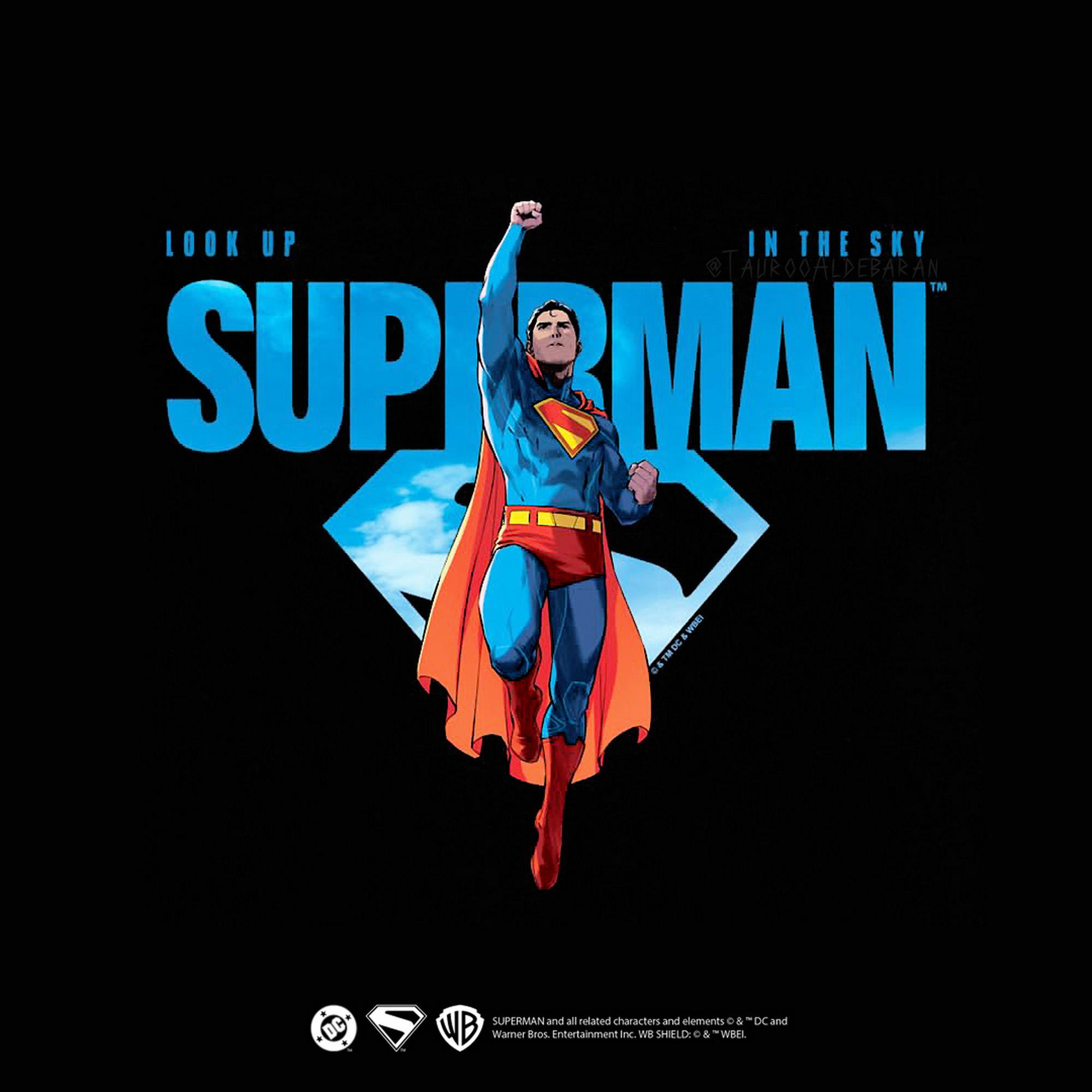
A New Standard for Marketing
Gunn's promo art also doubles as a marketing masterstroke. By integrating in-universe logos, DC Studios is creating a seamless connection between the film and its merchandise. Fans can buy Metropolis Meteors shirts or Daily Planet mugs, not just as collectibles but as a way to feel like they're part of this world. A Cleveland Guardians game on July 23, 2025, will even feature Metropolis Meteors shirts and Superman bobbleheads, tying the fictional city to real-world fandom (Cleveland.com). It's a clever way to deepen fan engagement, making the fictional universe feel accessible. Like a theme park ride that lets you step into the story, this merchandise invites fans to live in Metropolis, even if just for a moment.
This strategy aligns with broader trends in blockbuster marketing, where immersive experiences are key. The Superman team is reportedly modeling its campaign on the successful marketing of Greta Gerwig's Barbie, with extensive merchandise and promotional tie-ins planned (MaxBlizz). But by focusing on in-universe elements like the Daily Planet and Metropolis Meteors, Gunn is taking it a step further, creating a campaign that feels uniquely tied to Superman's world.

Storytelling Through Setting
Of course, this isn't just about marketing—it's about storytelling. Gunn has hinted that Superman will explore Clark Kent's journey to reconcile his Kryptonian heritage with his human upbringing, and a detailed Metropolis is the perfect stage for that exploration. The Daily Planet represents Clark's human side, his connection to the everyday world of journalism, while the Metropolis Meteors add a layer of normalcy to a city that's anything but ordinary. These elements aren't just Easter eggs for comic book fans; they're integral to understanding who Superman is and why he matters.
Gunn's own words support this focus on a forward-looking story. “This isn't about looking back, this is about looking forward,” he told The Wrap during a set visit in Cleveland, where parts of the film were shot. While he's drawing from classic Superman elements, like the Kingdom Come-inspired logo (ScreenRant), he's also introducing new aspects, like a fast-paced, action-driven narrative that starts “in the middle of the action” (ScreenRant). The promo art reflects this blend, using nostalgic imagery to ground the story while hinting at a fresh, immersive world.
The inclusion of Krypto, as seen in some promo art and highlighted at CinemaCon 2025 (9meters), further enriches this world. A humorous yet heartfelt sequence featuring an injured Superman and his overenthusiastic canine companion suggests that even the supporting cast will contribute to the film's lived-in feel. It's a small detail, but it speaks volumes about Gunn's commitment to making every corner of Metropolis vibrant and engaging.
Setting a New Standard
So, what does this mean for the future of superhero films? If Gunn's Superman is successful, it could inspire other directors to invest in the worlds their heroes inhabit, creating more immersive and engaging experiences for audiences. In an era where superhero fatigue is a real concern—evidenced by mixed box office results for some recent comic book films—giving fans a reason to care about the setting as much as the characters could be the key to keeping the genre fresh. Imagine a Marvel film that dives into the culture of Wakanda beyond Black Panther's story, or a Batman movie that explores Gotham's underbelly through its citizens, not just Bruce Wayne. Gunn's approach could be the spark that ignites this shift.
This world-building also has implications for the broader DC Universe (DCU). As the first film in the DCU's Chapter One: Gods and Monsters, Superman is tasked with setting the tone for a rebooted franchise (Wikipedia). A richly detailed Metropolis could pave the way for other DCU projects, like Supergirl: Woman of Tomorrow or Lanterns, to build equally compelling worlds. If audiences embrace this approach, it could restore faith in DC's cinematic ambitions after years of inconsistent results, as noted by 9meters.
Challenges and Risks
Of course, this approach isn't without risks. World-building can overwhelm a story if not balanced with strong character development. Early test screenings suggest Superman has a “jokey” tone with funny moments, which could either enhance the world's charm or distract from its depth (ComicBookMovie). Additionally, the film faces stiff competition from Jurassic World Rebirth and The Fantastic Four: First Steps, both releasing around the same time. If Superman fails to connect with audiences, Warner Bros. might rethink its DCU strategy, as the stakes are high for this reboot.
Yet, the promo art suggests Gunn is aware of these challenges. By grounding the film in a familiar yet expanded Metropolis, he's creating a foundation that can support both standalone storytelling and future DCU connectivity. As Gunn noted, while Superman is a standalone film, he's open to “interconnected stories later in the DCU” (GameRant). The promo art's focus on Metropolis is a step toward that balance, offering a world that feels complete on its own but rich with potential for expansion.
A Universe Worth Exploring
As we count down to Superman's release on July 11, 2025, the promo art offers a tantalizing hint of what's to come. It's not just a teaser for a movie—it's a teaser for a new way of thinking about superhero storytelling. Gunn is playing a long game, launching not just a new Superman but a new DC Universe where every detail, from the Daily Planet's globe to the Metropolis Meteors' logo, feels like it matters. If this approach resonates, it could redefine how superhero films are made and marketed, proving that sometimes, the world around the hero is just as super.
So, what do you think? Will Gunn's Metropolis steal the show, or is the focus on world-building a risky distraction? Share your thoughts below—because in a city like Metropolis, everyone's got a story to tell.
Key Details of Superman 2025 Promo Art
| Element | Description | Significance |
|---|---|---|
| Superman in Flight | Dynamic images of Superman soaring, with text like “LOOK UP” and “IN THE SKY.” | Evokes classic Superman introduction, blending nostalgia with modern comic style. |
| Daily Planet Logo | Features the iconic globe atop the Daily Planet building. | Symbolizes truth and journalism, grounding Clark Kent's human identity. |
| Metropolis Meteors Logo | Logo for the fictional baseball team, seen in merchandise like shirts. | Represents everyday life in Metropolis, adding cultural depth. |
| Krypto the Superdog | Comic book-inspired art of Superman's canine companion. | Adds humor and heart, enriching the world with familiar DC characters. |
| Comic Book Style | Vibrant, stylized artwork by Tauroo Aldebaran. | Appeals to fans with a modern take on classic Superman imagery. |
Call to Action
As Superman prepares to take flight, the promo art invites us to look up—not just at the Man of Steel, but at the world he calls home. Will you be cheering for the Metropolis Meteors or reading the Daily Planet when the film hits theaters? Let us know in the comments, and check out the latest updates on DC's official shop for a taste of Metropolis you can take home.
